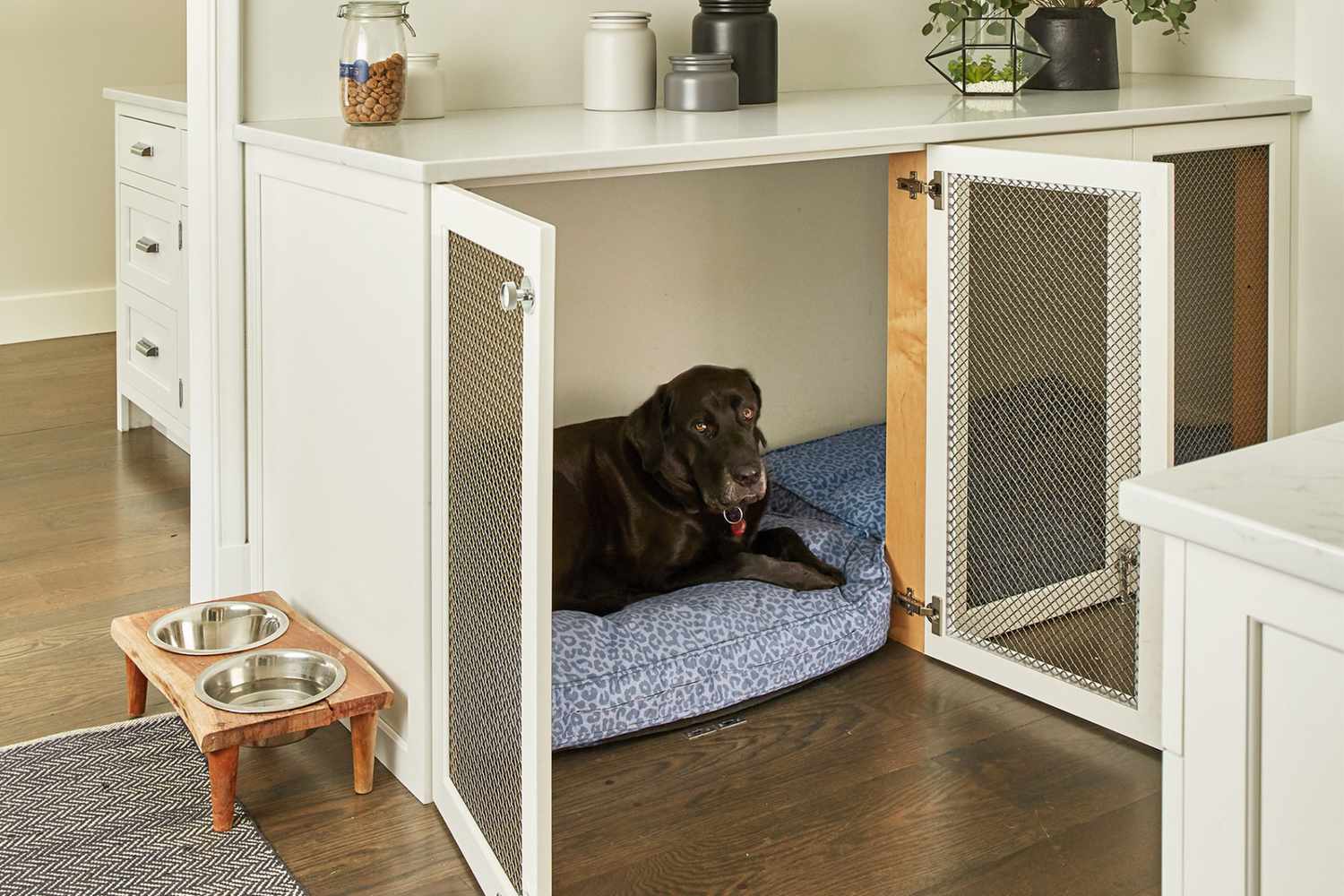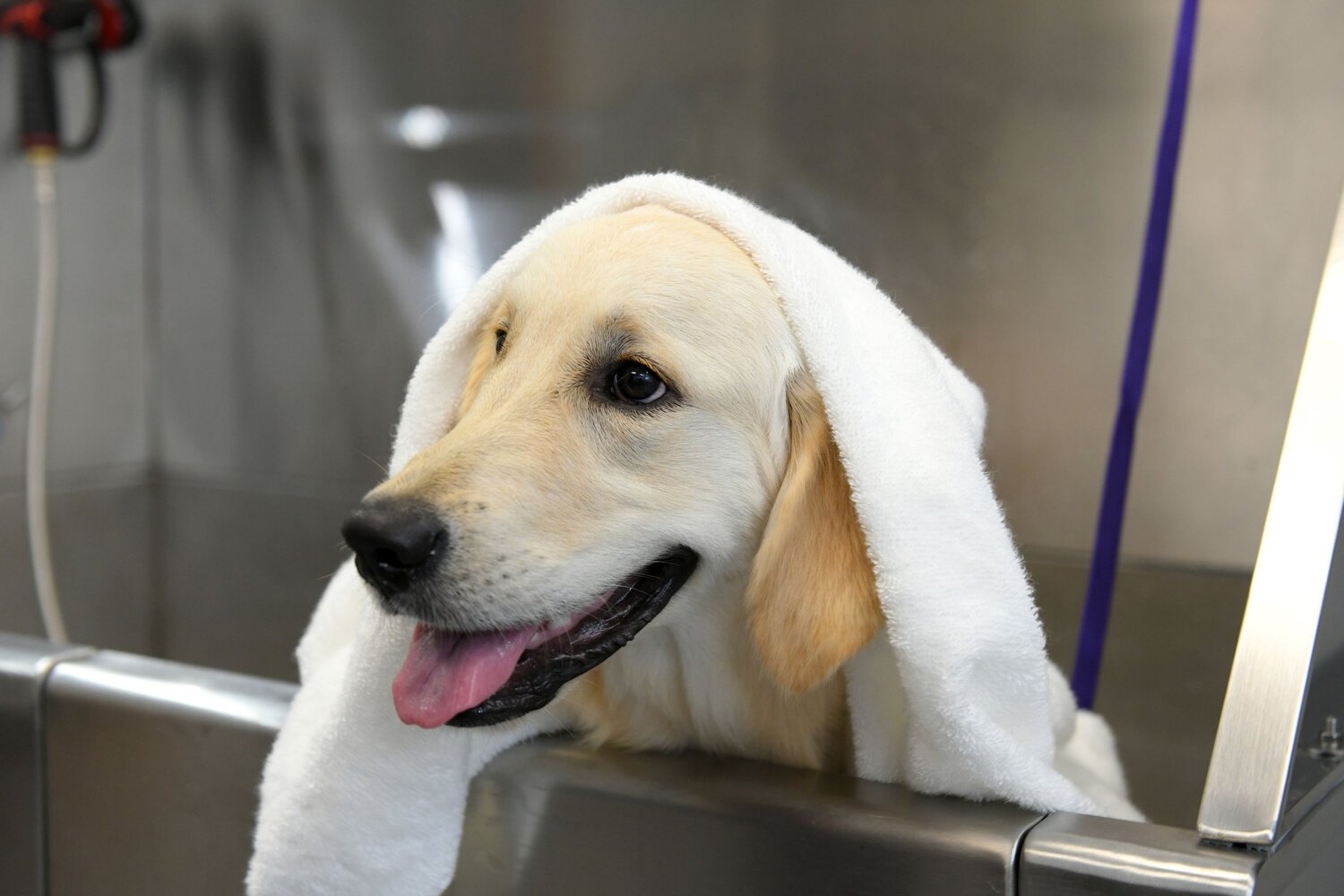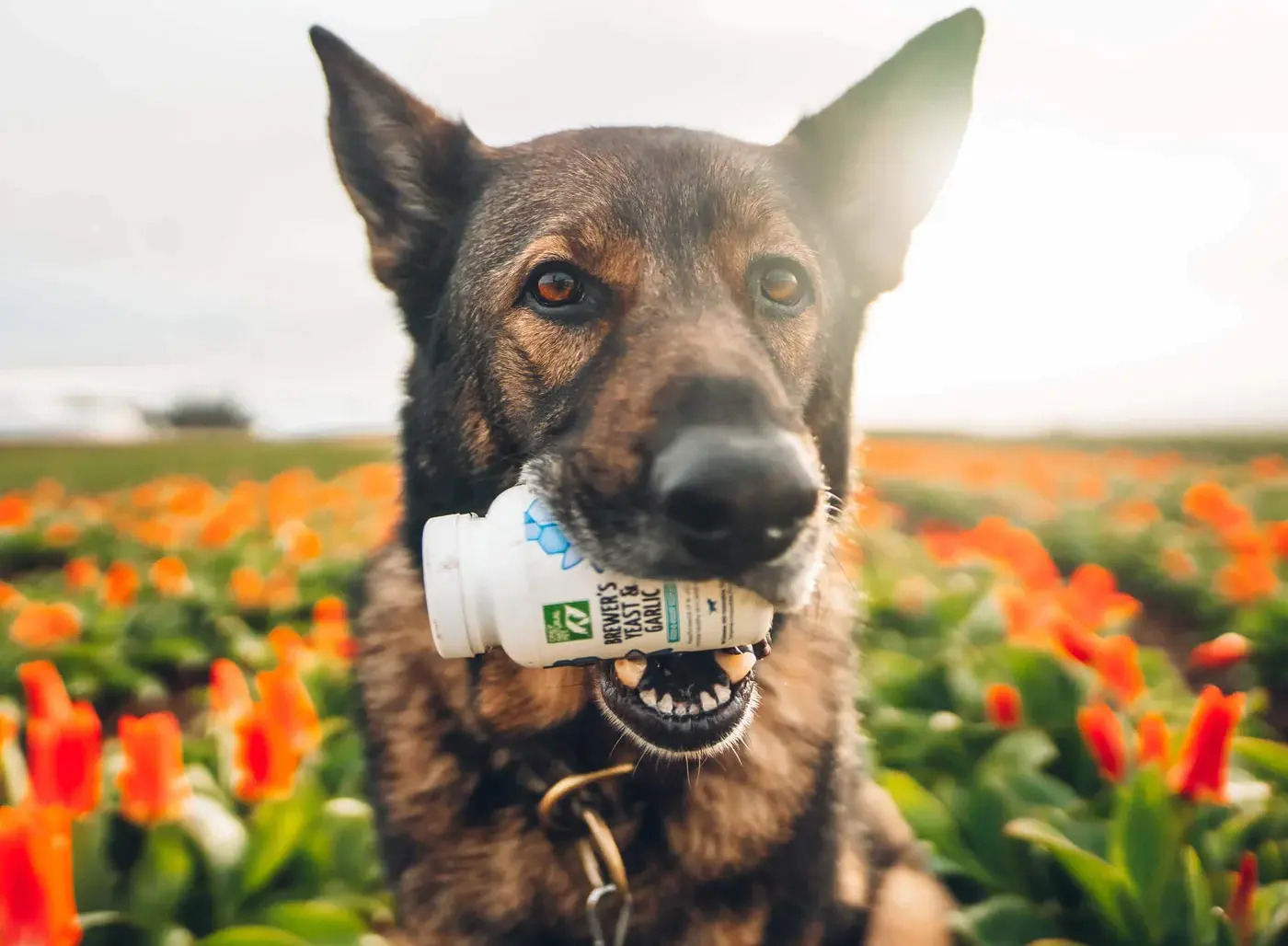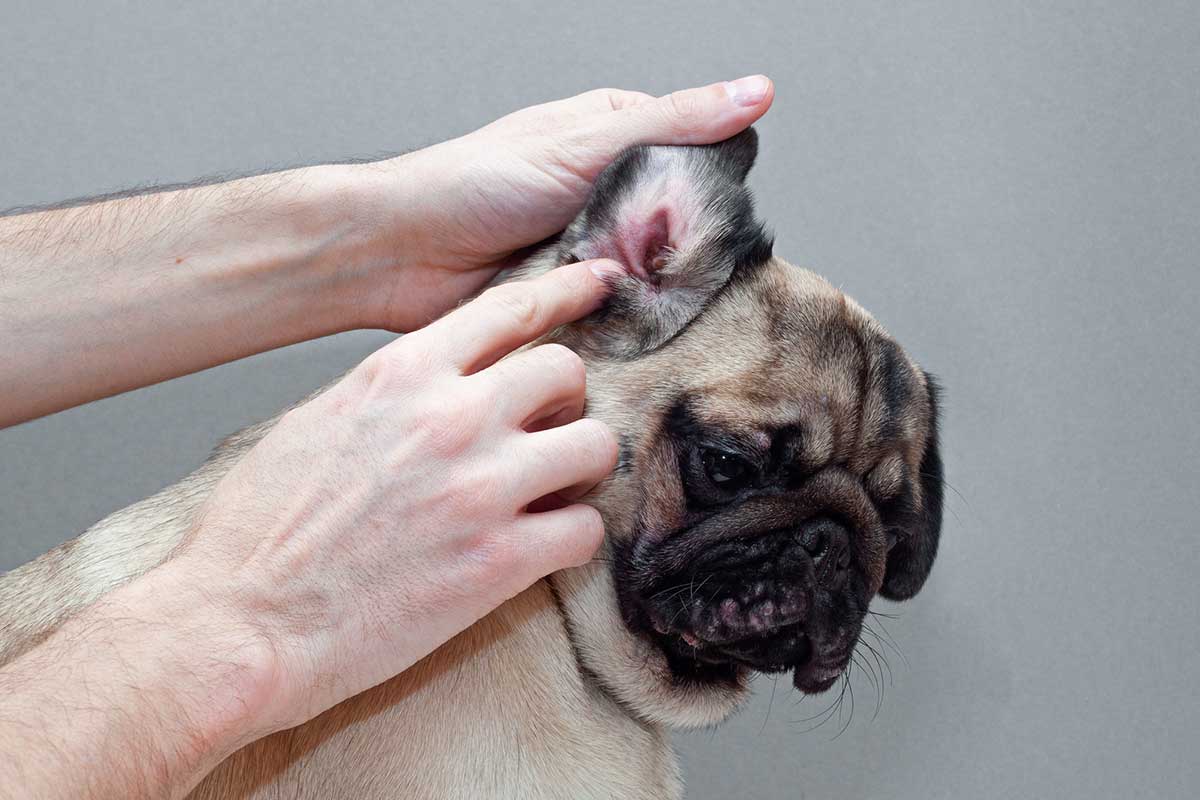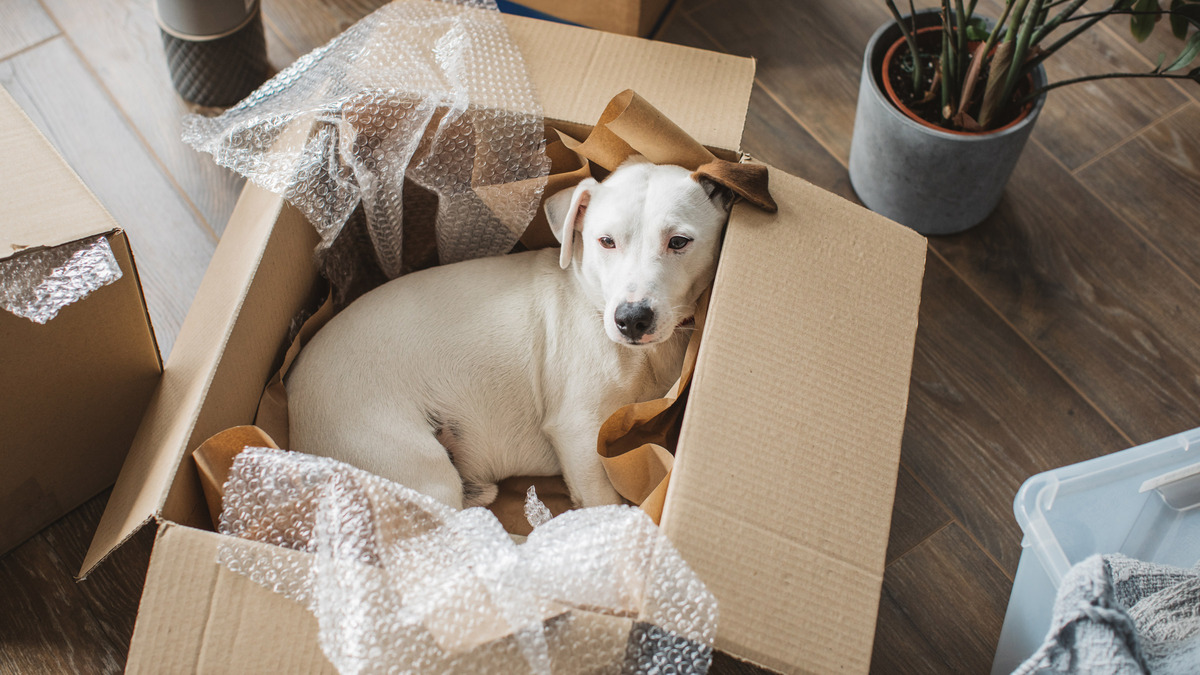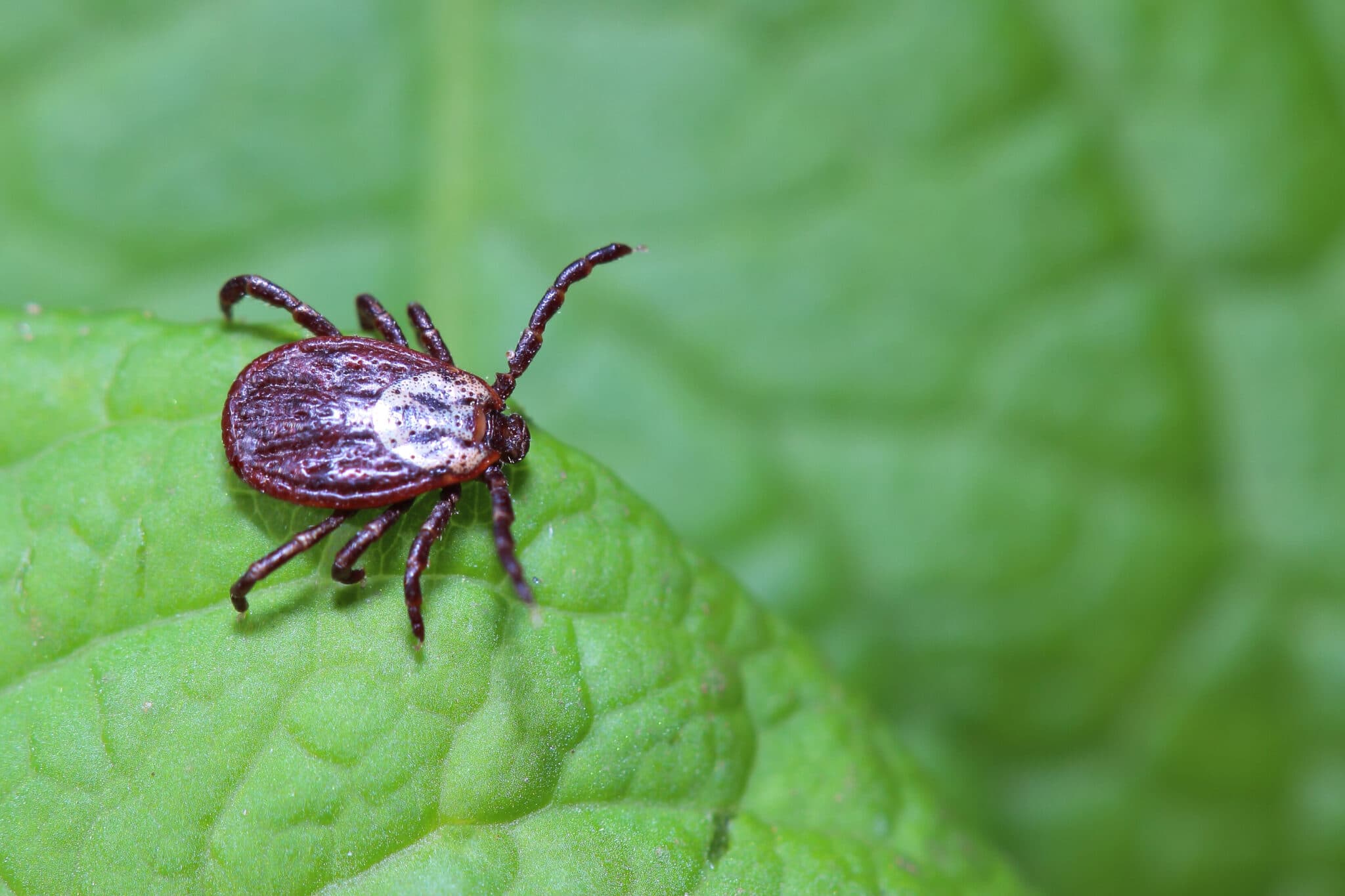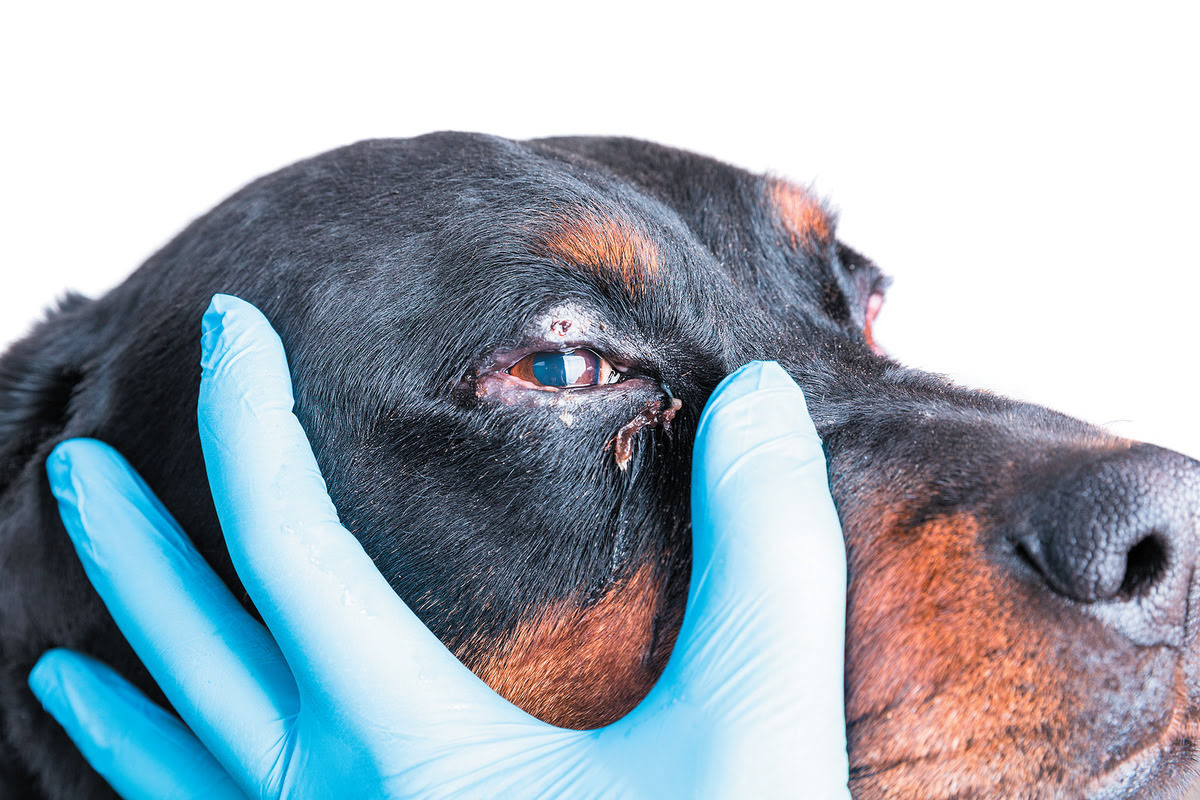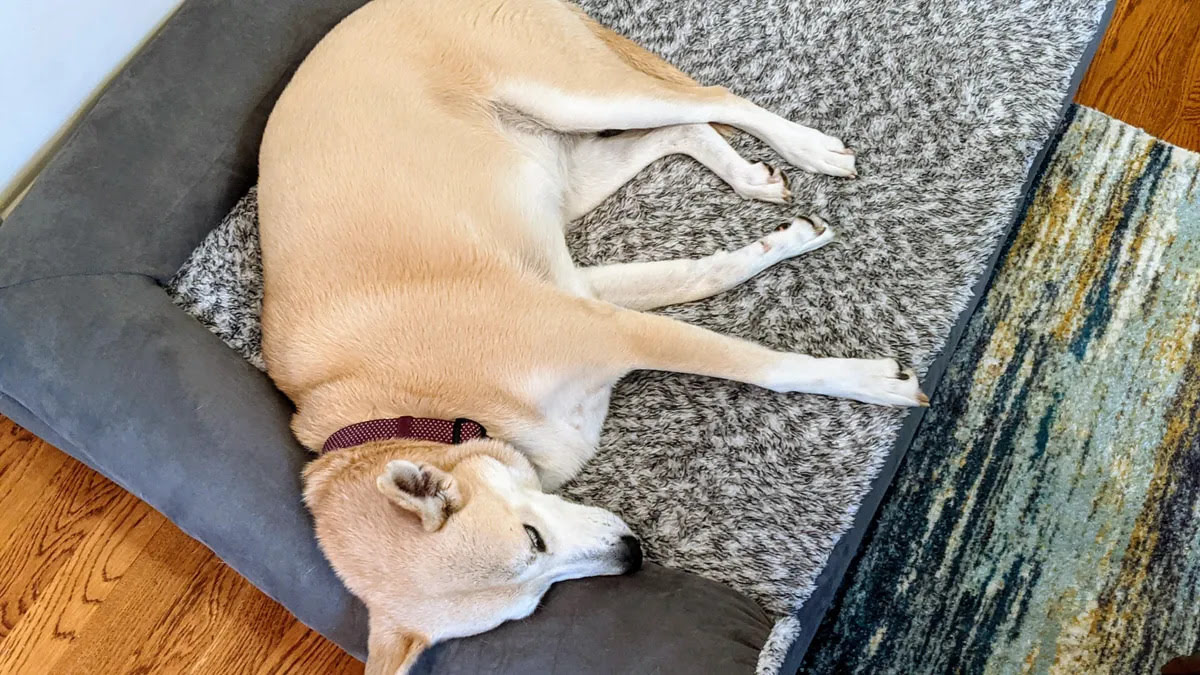Home>Health & Wellness>Common Health Issues>How To Get Rid Of Fleas On My Cat And Dog
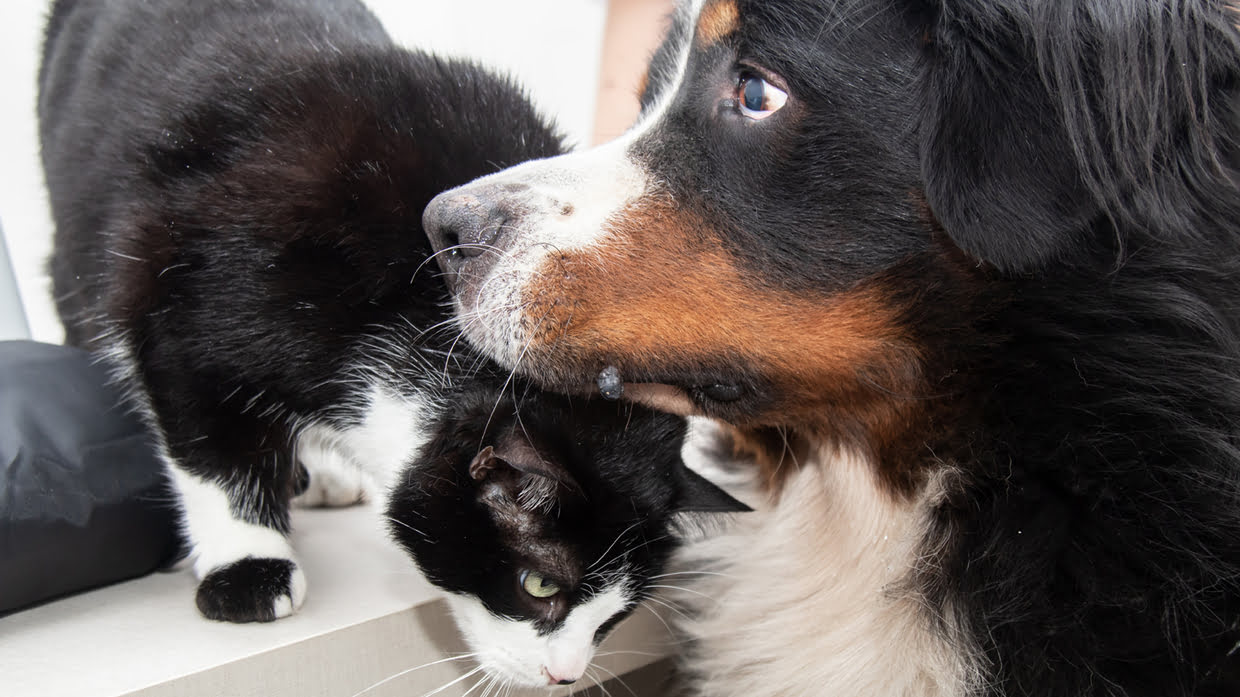

Common Health Issues
How To Get Rid Of Fleas On My Cat And Dog
Published: February 15, 2024
Learn effective ways to eliminate fleas on your cat and dog to prevent common health issues. Find expert tips and products for flea control.
(Many of the links in this article redirect to a specific reviewed product. Your purchase of these products through affiliate links helps to generate commission for Pawsomeoldies.com, at no extra cost. Learn more)
Table of Contents
Introduction
Dealing with a flea infestation can be a frustrating and challenging experience for pet owners. These tiny, blood-sucking parasites not only cause discomfort for our beloved cats and dogs but can also infest our homes, making life uncomfortable for everyone. However, with the right knowledge and proactive measures, it is possible to effectively eliminate fleas and prevent future infestations.
In this comprehensive guide, we will explore the various aspects of dealing with fleas on your pets and in your home. From understanding the behavior of fleas to identifying signs of infestation, treating your pets and home, to implementing preventive measures, this article will equip you with the necessary information to tackle fleas head-on.
Fleas are not just a nuisance; they can also pose health risks to both pets and humans. Understanding their life cycle, habits, and the signs of infestation is crucial in effectively combating these persistent pests. By taking a proactive approach to flea control, you can ensure the well-being of your pets and maintain a comfortable, flea-free environment in your home.
So, let's delve into the world of fleas and arm ourselves with the knowledge and strategies needed to rid our pets and homes of these pesky parasites.
Read more: How To Get Rid Of Fleas And Ticks On My Dog
Understanding Fleas
Fleas are small, wingless insects that survive by feeding on the blood of mammals and birds. These parasites are equipped with powerful hind legs, allowing them to jump impressive distances and quickly move between hosts. The most common species of flea that infests cats and dogs is the Ctenocephalides felis, also known as the cat flea.
Fleas undergo a complete metamorphosis, progressing through four distinct stages: egg, larva, pupa, and adult. Understanding this life cycle is crucial for effective flea control. Female fleas lay their eggs on the host animal, but the eggs soon fall off into the surrounding environment, such as carpets, bedding, and furniture. In favorable conditions, these eggs hatch into larvae within 1-12 days.
Flea larvae are small, white, and worm-like, with a preference for dark, humid environments. They feed on organic debris and adult flea feces found in their surroundings. After a period of feeding and molting, the larvae spin a cocoon and enter the pupal stage. Inside the cocoon, the flea develops into an adult, awaiting the right conditions to emerge.
Once fully developed, adult fleas can remain dormant within their protective cocoons for several weeks or even months, waiting for a suitable host to pass by. Vibrations, warmth, and exhaled carbon dioxide signal the presence of a potential host, triggering the emergence of adult fleas from their cocoons. This ability to lay dormant makes flea control particularly challenging, as newly emerged fleas can quickly reinfest the environment.
Understanding the life cycle and behavior of fleas is essential for effective eradication. By targeting each stage of the flea life cycle, pet owners can disrupt the infestation and prevent reinfestation. In the following sections, we will explore the signs of flea infestation, methods for treating pets and homes, and proactive measures to prevent future infestations.
Signs of Flea Infestation
Identifying the signs of a flea infestation is crucial for prompt intervention and effective eradication. While fleas themselves are tiny and often difficult to spot, several indicators can alert pet owners to the presence of these persistent parasites.
-
Excessive Scratching and Biting: One of the most common signs of a flea infestation in pets is excessive scratching, biting, or licking. Cats and dogs may display heightened grooming behaviors as they attempt to alleviate the discomfort caused by flea bites. Persistent scratching, particularly around the base of the tail and the neck, can indicate the presence of fleas.
-
Visible Fleas or Flea Dirt: Flea dirt, which resembles fine black pepper, is actually flea feces consisting of digested blood. When inspecting your pet's fur, you may notice tiny black specks or actual fleas moving through the hair. Flea dirt is often found on the skin, especially in areas where the fur is thinner.
-
Skin Irritation and Redness: Flea bites can cause skin irritation, redness, and small raised bumps on pets. In severe infestations, pets may develop allergic dermatitis, characterized by intense itching, hair loss, and inflamed skin. These symptoms can indicate a significant flea presence and the need for immediate intervention.
-
Restlessness and Agitation: Infested pets may exhibit restlessness, agitation, and signs of discomfort. They may constantly shift positions, exhibit nervous behavior, or struggle to find relief from the persistent itching caused by flea bites.
-
Flea Allergy Dermatitis: Some pets may develop an allergic reaction to flea saliva, leading to a condition known as flea allergy dermatitis. This hypersensitivity can exacerbate the itching and skin irritation, resulting in hair loss, scabs, and hot spots.
-
Presence of Flea Eggs and Larvae: While adult fleas are challenging to spot, the presence of flea eggs and larvae in the pet's environment can indicate an active infestation. Flea eggs are tiny, white ovals, often found in the pet's bedding, carpets, and other areas where the pet spends time.
By remaining vigilant for these signs of flea infestation, pet owners can promptly address the issue and implement targeted treatment strategies to eliminate fleas from their pets and homes. In the following sections, we will delve into effective methods for treating pets and homes to eradicate fleas and prevent future infestations.
Treating Your Pets for Fleas
When it comes to treating pets for fleas, it's essential to address both the adult fleas infesting the animal and the immature stages present in the environment. Here are the steps to effectively treat your pets for fleas:
-
Use Flea Control Products: There are various flea control products available, including topical spot-on treatments, oral medications, flea collars, and shampoos. Topical spot-on treatments are applied directly to the pet's skin, usually between the shoulder blades, and provide long-lasting protection against fleas. Oral medications are administered as chewable tablets or flavored chews, effectively targeting adult fleas when ingested by the pet. Flea collars emit active ingredients that repel and kill fleas, while flea shampoos can provide immediate relief by killing adult fleas on the pet's coat.
-
Consult with a Veterinarian: It's crucial to consult with a veterinarian before selecting a flea control product for your pet. Veterinarians can recommend the most suitable and safe treatment based on the pet's age, weight, health status, and any existing medical conditions. Additionally, they can provide guidance on integrating flea control with other preventive measures, such as tick control and heartworm prevention.
-
Treat all Household Pets: If you have multiple pets in your household, it's important to treat all animals for fleas, even if only one pet shows signs of infestation. Treating all pets simultaneously prevents the spread of fleas from infested animals to those that appear unaffected, effectively breaking the flea life cycle.
-
Regular Grooming and Vacuuming: Regular grooming, including brushing and combing, can help remove adult fleas and flea dirt from the pet's coat. Additionally, vacuuming the home frequently, especially areas where pets spend time, can help eliminate flea eggs, larvae, and pupae from the environment. Be sure to dispose of the vacuum bag or clean the canister to prevent reinfestation.
-
Wash Pet Bedding and Linens: Laundering pet bedding, blankets, and other washable items in hot water can effectively kill flea eggs, larvae, and adult fleas. Using pet-safe laundry detergent and drying items on high heat can further aid in eliminating fleas from the pet's environment.
By following these steps and maintaining a proactive approach to flea control, pet owners can effectively treat their pets for fleas and create a comfortable, flea-free environment for their beloved companions. Additionally, integrating preventive measures can help minimize the risk of future flea infestations, ensuring the well-being and comfort of pets and their human companions.
Treating Your Home for Fleas
Effectively treating your home for fleas is a crucial component of comprehensive flea control. While addressing fleas on your pets is essential, it's equally important to eliminate fleas from the indoor environment to prevent reinfestation. Here are the key steps to treat your home for fleas:
-
Vacuum Thoroughly: Begin by thoroughly vacuuming all areas where your pets spend time, including carpets, rugs, upholstery, and pet bedding. Pay close attention to crevices, corners, and areas beneath furniture. Vacuuming not only removes adult fleas but also helps to pick up flea eggs, larvae, and pupae from the environment.
-
Dispose of Vacuum Contents: After vacuuming, promptly dispose of the vacuum bag or clean the canister to prevent any captured fleas from reinfesting the home. Seal the contents in a plastic bag and discard it in an outdoor trash receptacle.
-
Wash Pet Bedding and Linens: Launder all pet bedding, blankets, and washable items in hot water to effectively kill flea eggs, larvae, and adult fleas. Using pet-safe laundry detergent and drying items on high heat can further aid in eliminating fleas from your pet's environment.
-
Utilize Flea Control Products: Consider using flea control products specifically designed for home use, such as premise sprays and foggers. These products contain insecticides that can effectively target fleas at various life stages, including eggs, larvae, pupae, and adult fleas. Follow the instructions carefully and ensure that the products are safe for use around pets.
-
Focus on Flea Hotspots: Pay particular attention to areas where your pets spend a significant amount of time, as these are likely to be flea hotspots. This includes pet resting areas, carpets, rugs, and furniture. Treating these areas with premise sprays or foggers can help eradicate fleas and prevent reinfestation.
-
Implement Environmental Controls: Consider implementing environmental controls to create an inhospitable environment for fleas. This may include maintaining a consistent cleaning routine, reducing clutter that provides hiding spots for fleas, and minimizing potential outdoor sources of fleas, such as wild animals and stray pets.
By diligently treating your home for fleas and integrating these proactive measures, you can effectively eliminate fleas from the indoor environment and create a comfortable, flea-free living space for both your pets and your family. Consistency and thoroughness in flea control efforts are key to preventing future infestations and maintaining a harmonious, pest-free home environment.
Read more: How Do I Get Rid Of The Fleas On My Dog
Preventing Future Flea Infestations
Preventing future flea infestations is a proactive approach that focuses on creating an environment that is inhospitable to fleas. By implementing ongoing preventive measures, pet owners can significantly reduce the risk of recurring flea infestations and maintain a comfortable, pest-free living space for their beloved pets and family members.
Here are key strategies to prevent future flea infestations:
-
Regular Pet Grooming: Establish a routine for regular pet grooming, including brushing and combing your pets' fur. This not only helps to keep their coat healthy and free of tangles but also allows you to detect and address any signs of fleas at an early stage.
-
Use Preventive Flea Control Products: Consider using long-term preventive flea control products, such as monthly spot-on treatments or oral medications. These products are designed to repel and kill fleas, preventing infestations before they take hold. Consult with your veterinarian to select the most suitable preventive products for your pets.
-
Environmental Treatments: Continue to implement environmental treatments, such as premise sprays and foggers, on a regular basis, especially in high-traffic pet areas. This helps to disrupt the flea life cycle and maintain a flea-free environment within your home.
-
Yard Maintenance: Keep your outdoor environment well-maintained to minimize potential outdoor sources of fleas. Regularly mow the lawn, remove debris, and trim overgrown vegetation to reduce flea habitats and discourage wild animals from bringing fleas onto your property.
-
Frequent Vacuuming: Maintain a consistent vacuuming routine, focusing on areas where pets spend time. Vacuuming not only removes debris and adult fleas but also helps to eliminate flea eggs, larvae, and pupae from the environment, reducing the likelihood of infestations.
-
Pet Bedding Care: Wash your pets' bedding and linens regularly in hot water to eliminate any potential flea eggs or larvae. Keeping their resting areas clean and free of flea debris contributes to a healthier living environment for both pets and humans.
-
Year-Round Vigilance: Fleas can be active year-round, so it's important to remain vigilant and consistent in your flea prevention efforts, regardless of the season. By maintaining year-round preventive measures, you can effectively minimize the risk of flea infestations.
By incorporating these preventive strategies into your routine, you can create an environment that is less conducive to flea infestations, ensuring the well-being and comfort of your pets and family members. Consistency and proactive measures are key to preventing future flea infestations and maintaining a harmonious, flea-free living space.
Conclusion
In conclusion, dealing with a flea infestation requires a comprehensive approach that addresses both the pets and the indoor environment. By understanding the behavior of fleas, recognizing the signs of infestation, and implementing targeted treatment and preventive measures, pet owners can effectively combat these persistent parasites.
Fleas, with their ability to rapidly reproduce and infest both pets and homes, pose a significant challenge to pet owners. However, armed with the knowledge of flea behavior and life cycle, individuals can take proactive steps to disrupt the infestation and prevent reinfestation.
Treating pets for fleas involves the use of appropriate flea control products, regular grooming, and environmental management. Consulting with a veterinarian is crucial in selecting safe and effective flea control products tailored to the pet's specific needs. Additionally, maintaining a clean and flea-free environment through regular vacuuming, laundering pet bedding, and utilizing premise sprays can significantly contribute to flea eradication.
Preventing future flea infestations requires ongoing vigilance and the implementation of preventive measures. Regular pet grooming, the use of long-term preventive flea control products, and environmental treatments play a vital role in creating an environment that is inhospitable to fleas. Consistency in yard maintenance, frequent vacuuming, and year-round vigilance further contribute to minimizing the risk of recurring infestations.
By integrating these strategies and maintaining a proactive approach to flea control, pet owners can ensure the well-being and comfort of their beloved pets while creating a harmonious, flea-free living environment for the entire family.
In summary, addressing flea infestations involves a multi-faceted approach that encompasses pet care, environmental management, and ongoing preventive measures. By staying informed and proactive, pet owners can effectively combat fleas and create a comfortable, pest-free environment for their pets and loved ones.

